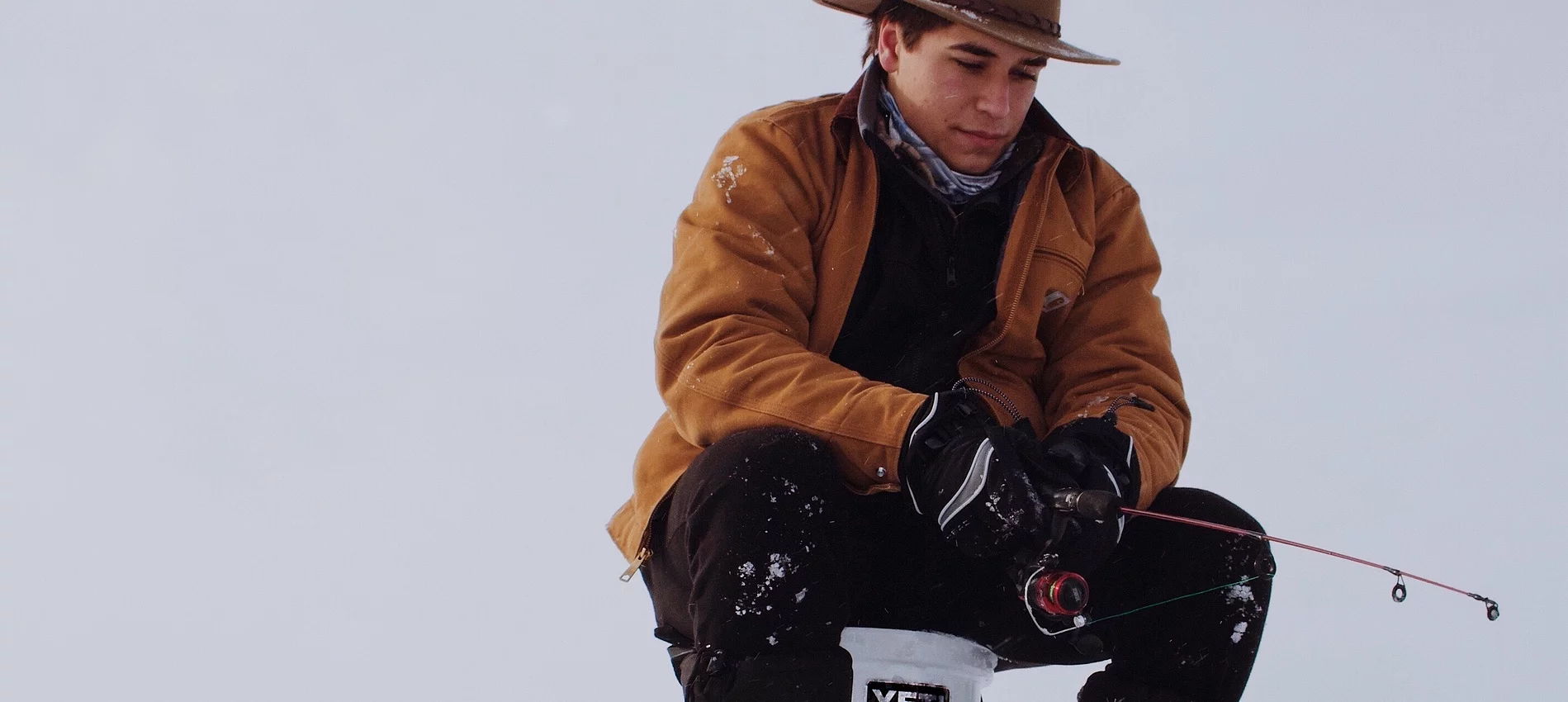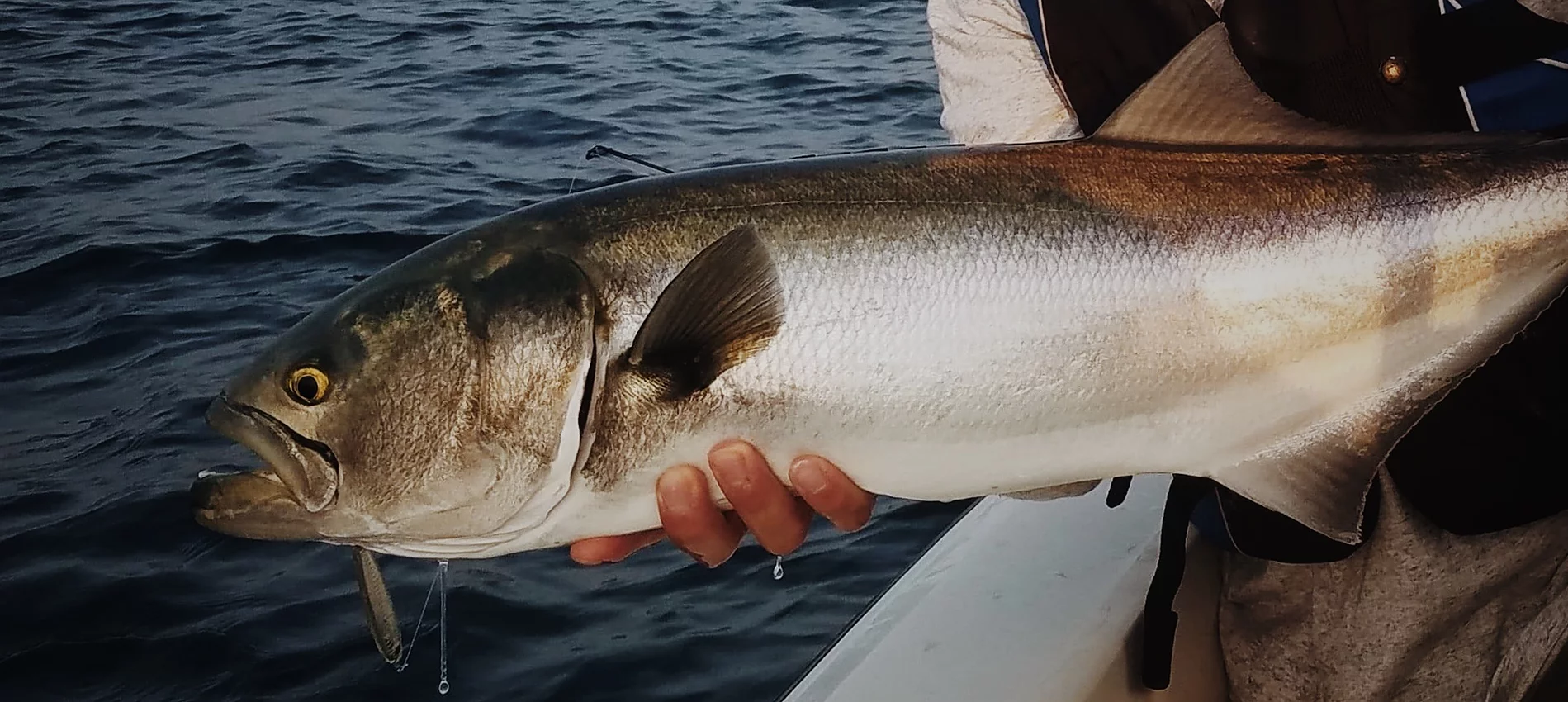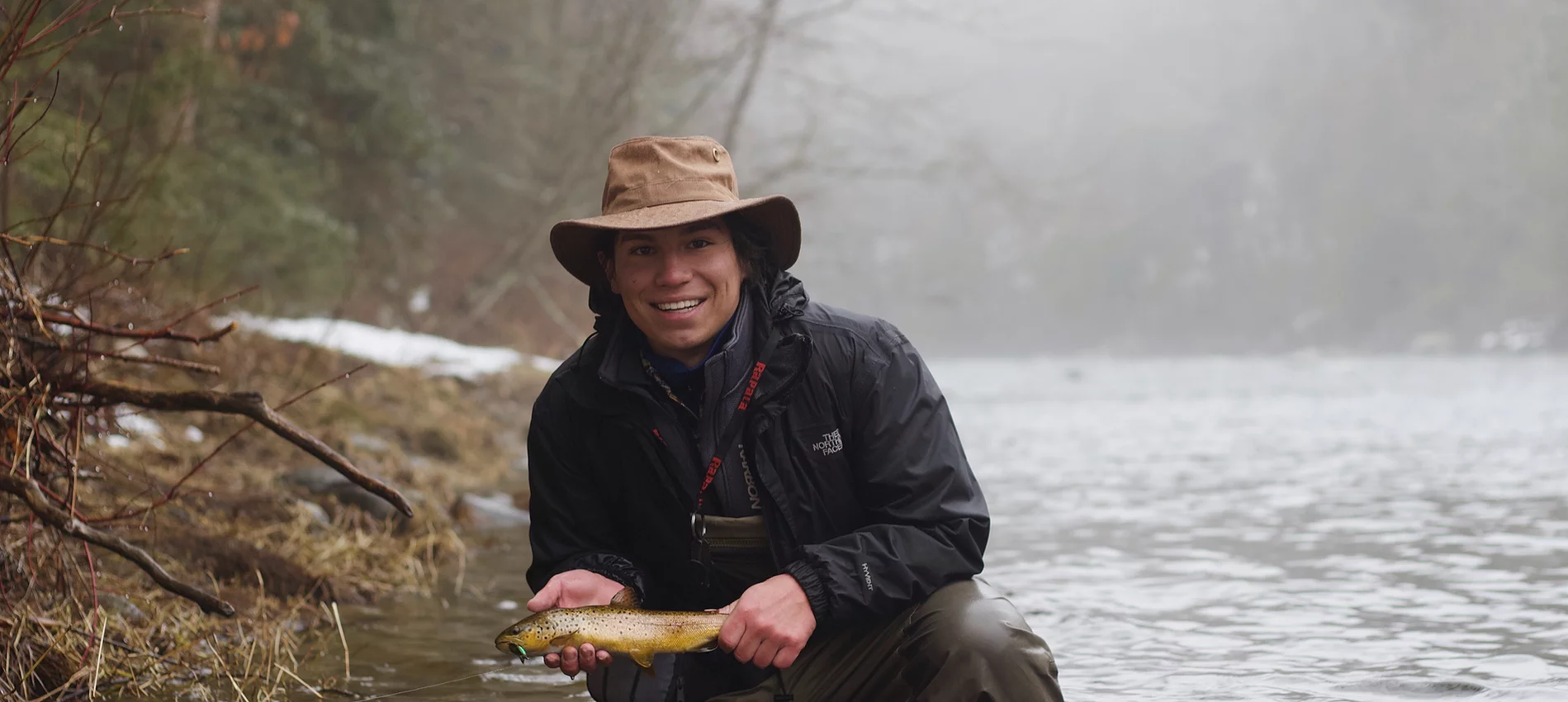About Fishing
Carp fishing, also known as float fishing, is a very popular method. Many fishermen will agree that this method of fishing is the most fun, exciting and enjoyable. Many fishermen began their fishing adventure by fishing among the Reeds. This was a great way to watch the reeds drift for hours, waiting for the slight rocking and lifting that would lead to the side.
These moments will be cherished for a lifetime. Crucian carp can be a tough fighter and it adds emotions to vyvazhivanii! These are the highlights of our fishing lives, from the sunny sunrises to the dazzling sunsets on the shore.
Carp fishing. Fishing techniques
Carp fishing is usually done on the last piece of ice. This can be in late March to early April, depending upon how early spring was. He gets hungry and starts feeding. This is a great time for anglers to enjoy a holiday - to finish the season by catching big fish with a winter fishing pole. The rewards can be enormous when the conditions are right and you choose the right spot.
Carp fishing May, June from a floating boat
The grandfathers noticed the following: "Bird cherries are gaining color, prepare gear for carp." Warm spring days arrive, cherry and apple trees bloom, and the crucian fish enters the most active phase of its feeding, the crucian zhor. This is when the flood in its full glory is taking place. All meadows are now flooded and the old reeds as well as the sedge have all been washed away. There are many food sources in these areas, including insects, worms and larvae. This is where crucian carps come out to eat prior to spawning.
This is the best time to look for carp among the thickets made up of last year’s grass, sedges or reeds. Well-watered areas in shallower, more humid areas. Avoid areas with no currents, bays, or old trees in rivers. They have a crucian carp that stands between the last year's vegetation and the crown of flooded bush. Deep pits are not an option in May. Fishing is usually done at a depth of 1 meter or 1.5 meters.
It is thought that May is the best time to use a nozzle because the water is still cold enough.
The crucian is not active during spawning, which occurs between May and June at a temperature of 15 -17°C. The spawn then begins to eat. The water level has stabilized by this point, so new underwater vegetation is beginning to grow. Water lilies are, reeds and sedge make their home, and carp takes up residence among them.
In the shade of water lilies or the shade of bushes along banks, the Crucian Carp hides during the hot summer months. With the help of a sickle and a scythe small windows are cut through the dense water lily foliage. Then floats can be "put" in these little windows. These places are planted in advance. For a delicious lunch, you can use old bread, bran and porridge. This lures fish to your fishing spot, and it follows a specific schedule. The crucian carp will become accustomed to your fishing spot and its numbers will rise, while your caution will decrease and your catches will grow.
Crucian carp are very fastidious fish. His appetite will vary according to the weather, pressure and any other factors only he knows. It is recommended that you catch it using vegetable nozzles during the summer. However, you should always keep at least one dung worm with you.
You should use at least two fishing rods to fish. It's just not worth it. Place worms, semolina, or dough on each hook, and you will notice that the carp are more to your liking.
A fishing technique and a device for carp
Carp are best caught in the morning, and a little less in the evening. The best time to catch carp is between 5-6 am and 10 pm. Evenings begin at 18.00, just before the sunsets.
Crucian carp, especially large ones, are very cautious fish. Be aware of silence when you are at the shore.
Catching carp is easy with the simple tackle. The tackle for catching carp is a long, 5-6 meter telescopic pole. Most often it comes with a reel. A reel is useful in handling large trophy fish, and it also makes it easier to assemble gear on the shore. Even though you can catch water lilies in thickets, letting the fish walk for a while is the same as losing them. Even if the fish are not large, you can still use an ordinary reel.
The number of instances encountered determines the fishing line that is used. The main fishing line should be 0.2-0.25mm in diameter and the leash should be 0.12-0.15mm in length. It's important to remember that you can catch crucians with your hands or aim at vyvazhivanie large kilogram bulls hidden in thickets. Always try to make your tackle smaller. This can have a positive effect on the bit of fish.
Use hooks with long forearms to catch worms. Hooks should be between 4-6 numbers, according to our classification. If you are fishing for maggots, dough, or other insects, make sure your hook has a short forearm. It will be easier for the fish to swallow the bait by placing a ball, semolina chatterbox, or ball of dough on it.
Carp fishing should only be done in a standing pond. The sinker and the float should not exceed minimum sizes. The cargo must be light enough that you can throw it and hit an accurate target within a narrow window of algae.
For the best bite of the carp and clear cutting, choose a float that has an antenna. You can cast accurately among water lilies by using a sliding floating float. The float rolls down to your sinker when casting is complete, making it easier to do precise castings. A floating float with a lifting capability of 2 to 3 grams is usually suitable. It should be able to cast accurately and easily visible from a distance.
The float should always be adjusted so that the bait lies on or at the bottom. It is better to have the float hang directly above the bottom if it is sandy. This is the general rule, but there are exceptions. Sometimes the thermocline "expels” crucian into the middle layer or onto the surface. On these days, the crucian can take the bread crumb from the water's surface, and the worm from the middle layer. If the crucian is not at the bottom, it can be easily seen with the naked eye on the pond.
Bait and bait to catch carp
Crucian carp have a great sense of smell. It is necessary to use bait when it fishes. Crucian carp can also be considered gourmet. It is able to react well even to the most unusual odors such as garlic or kerosene, anise or hemp.
However, he loves natural ingredients such as cake, sunflower seeds, bread, and unrefined butter. He also enjoys sweet flavors like strawberries, caramel, and other sweet flavours.
There are many good baits available. However, I prefer to use pearl barley, well steam, grits and other porridges as my base. Next, I add hercules millet, millet, or any other porridges, then add the purchased aroma components. So my bait is a mixture of both large fractions and dusty aromatic components. This reduces the cost to fish.
Bait is not just for baiting fish, but bait can also be used to lure them to the spot. The original "grandfathers" methods can be used, such as a crumbled brick in kerosene. I didn't get to test the effectiveness of this unusual bait.
The fun season of catching carp on the float is now! Even the most dedicated spinners will never forget those childhood trembling feelings about float tackle. It is the most popular and romantic way to fish. We often go out to fish for carp in the quiet morning fog, especially when we do so intentionally.
If you are just starting fishing and want to immerse yourself into this fascinating, beautiful world, then you should start with catching carp using a float rod. It is worth the effort.


